MUSEO
October 7, 2021 – November 14, 2021

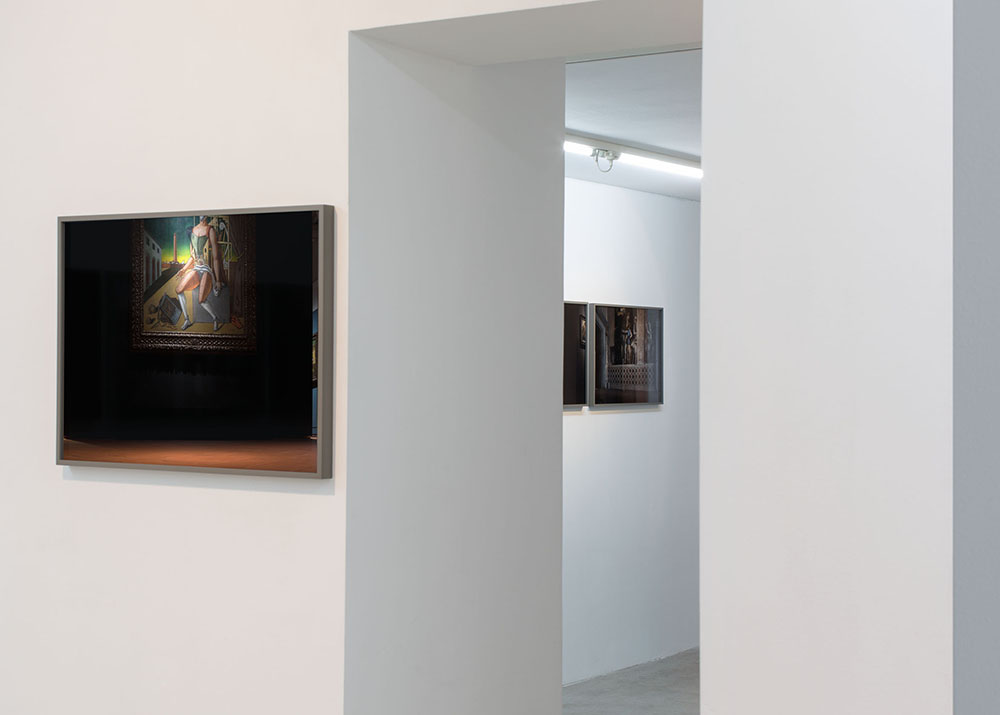
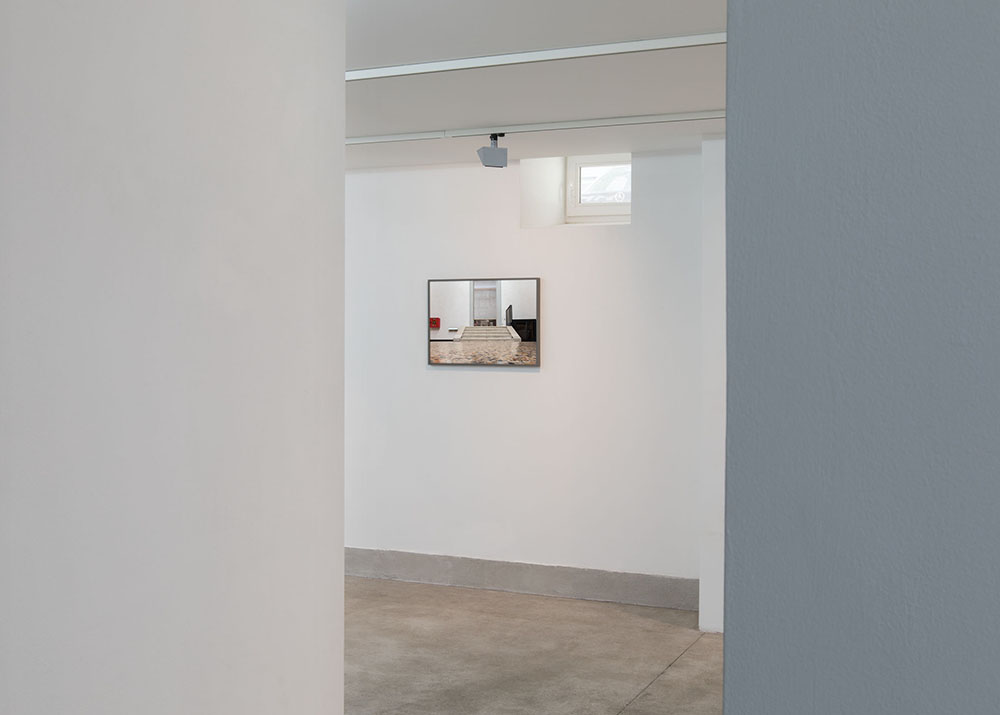
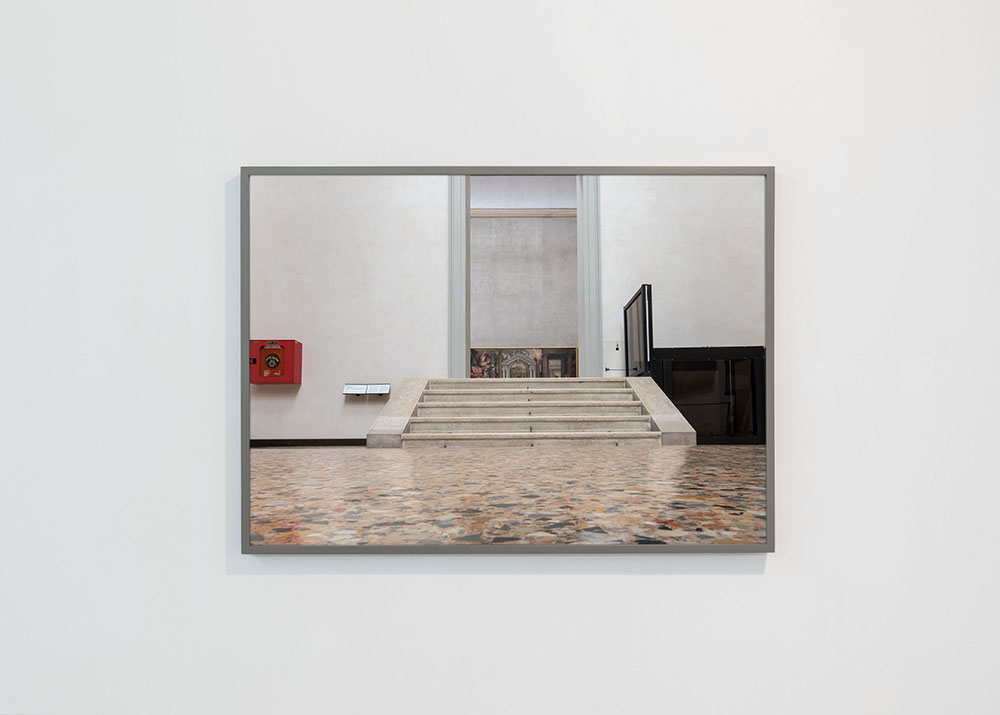
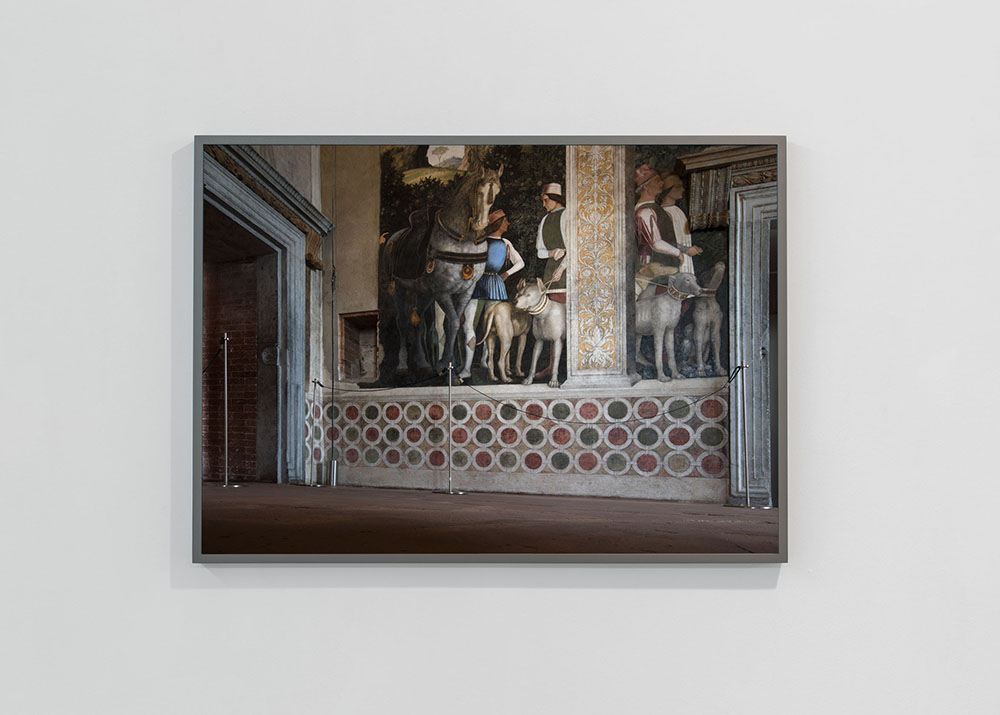

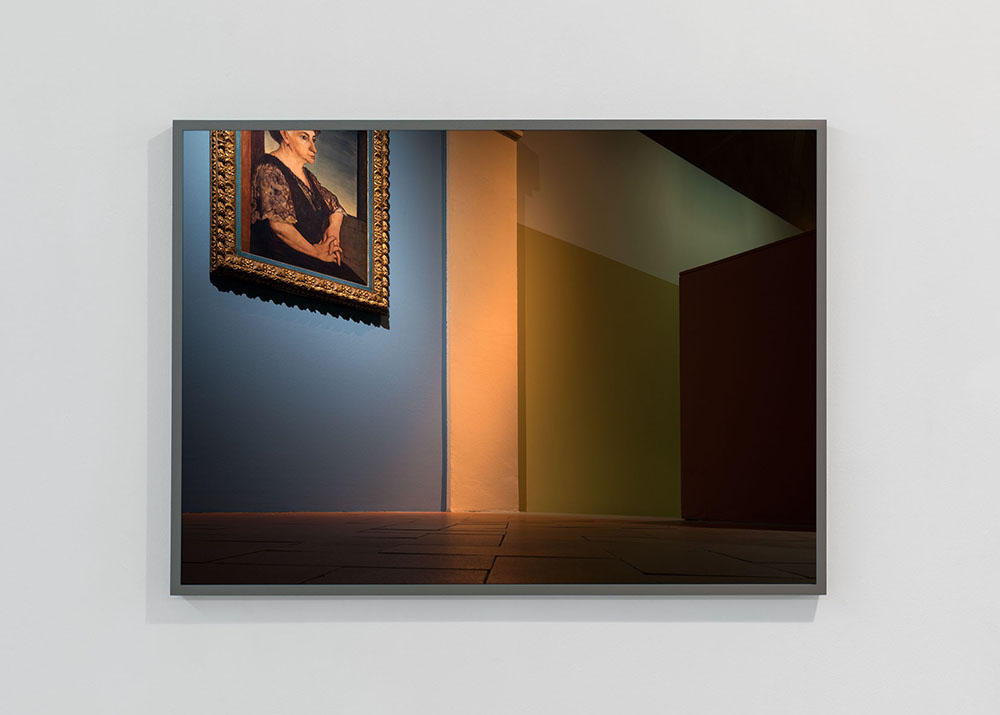
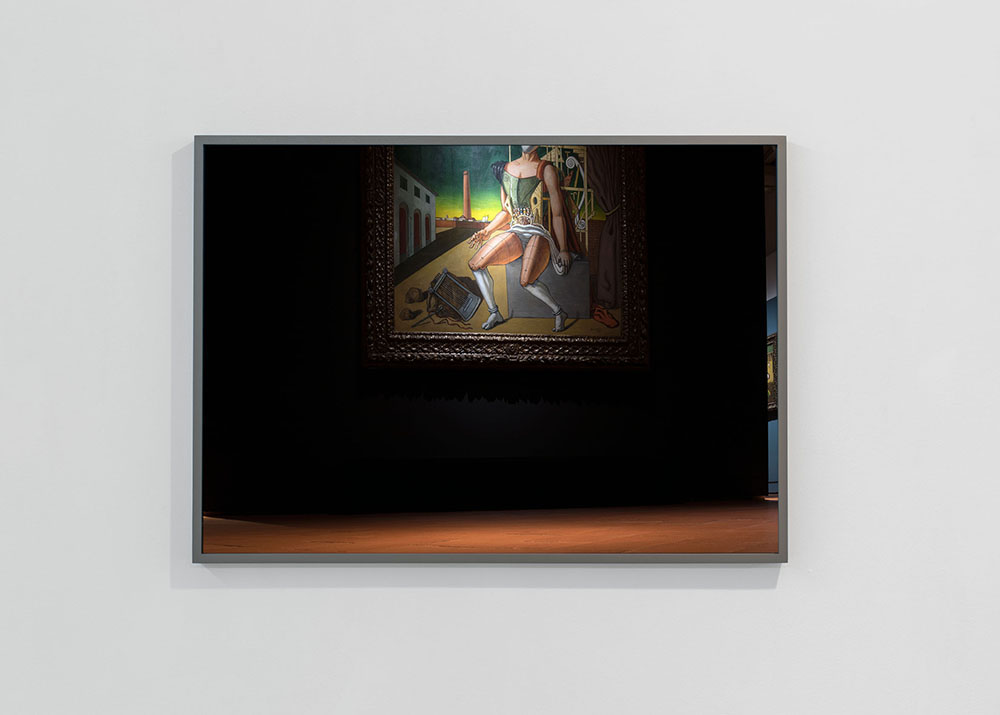

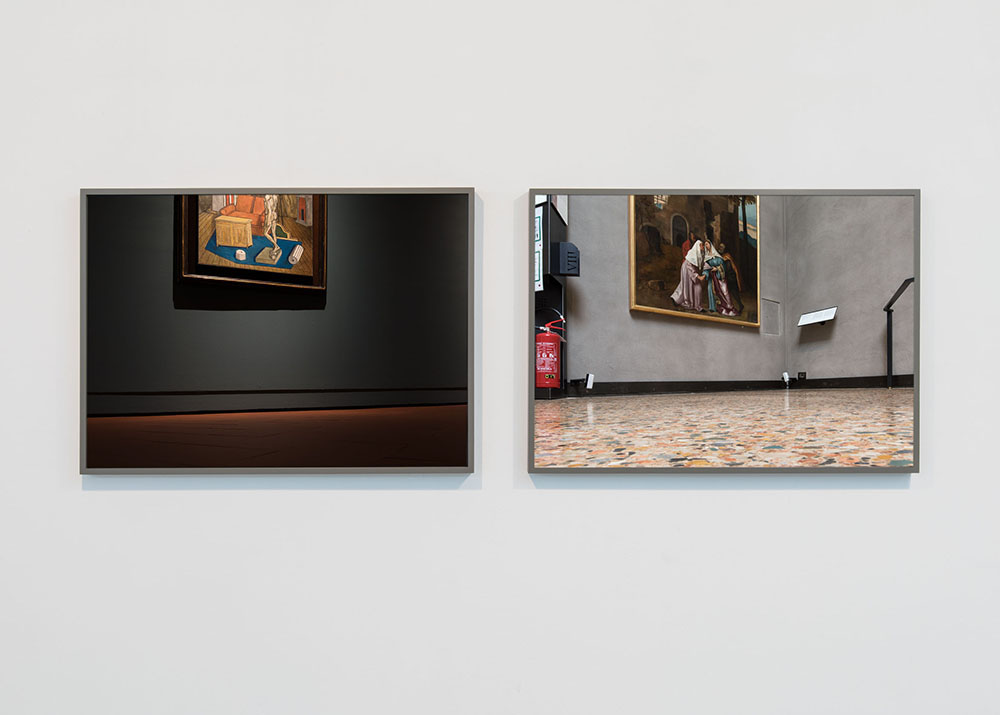
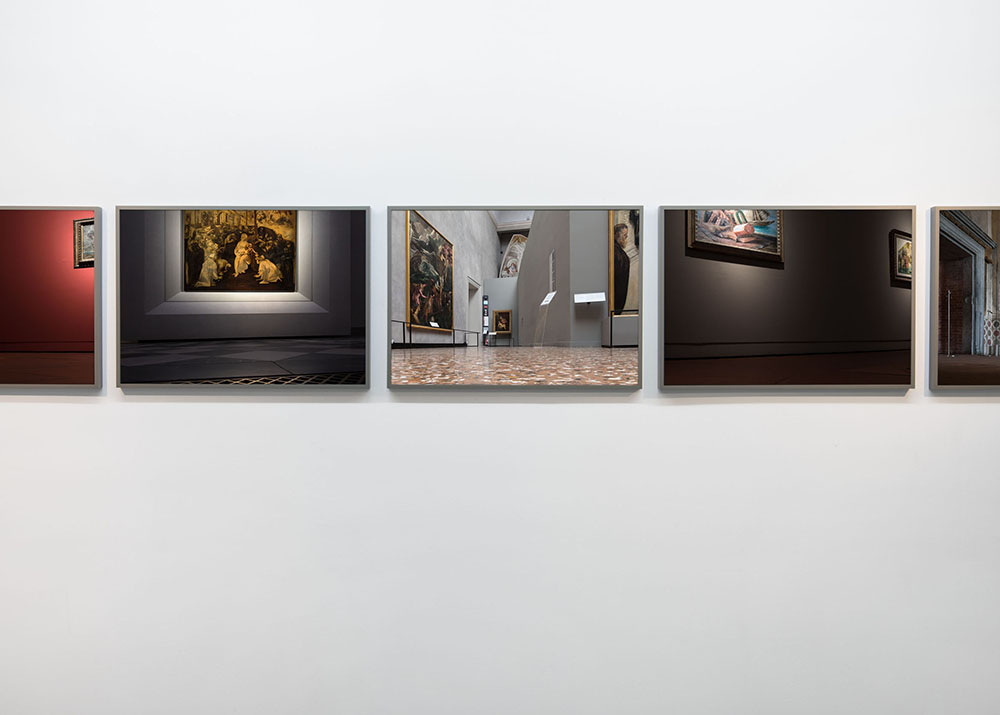
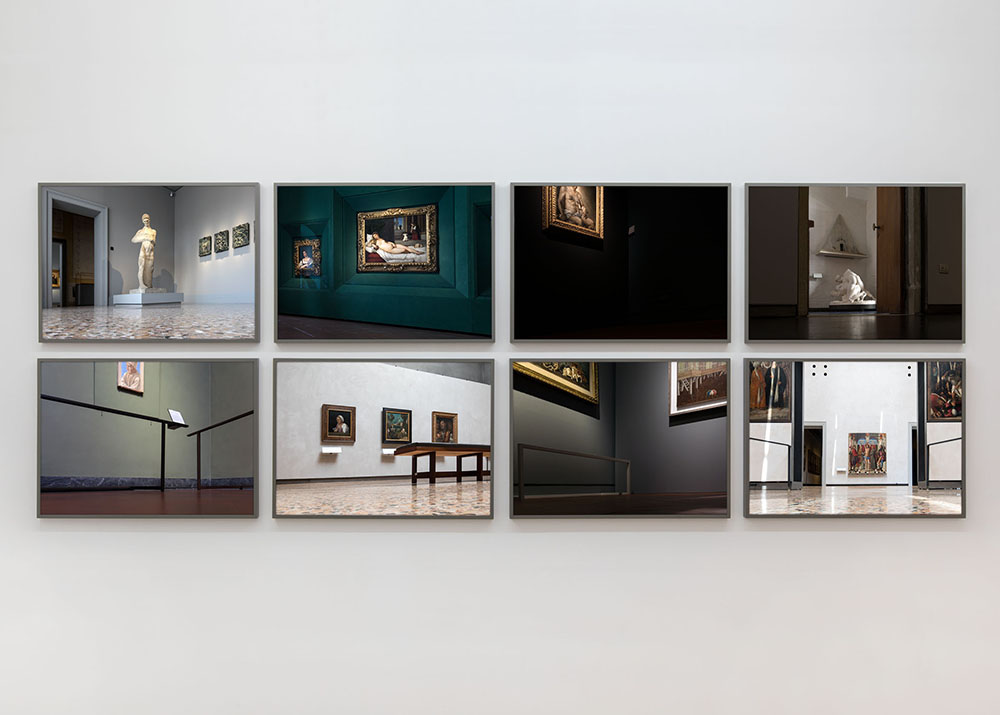
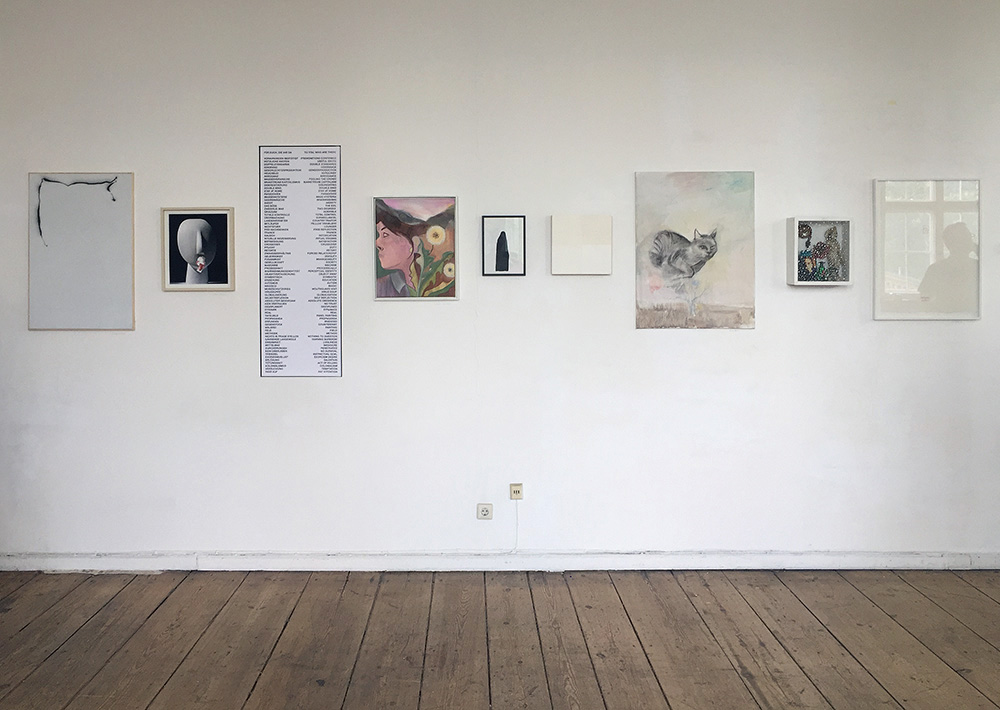
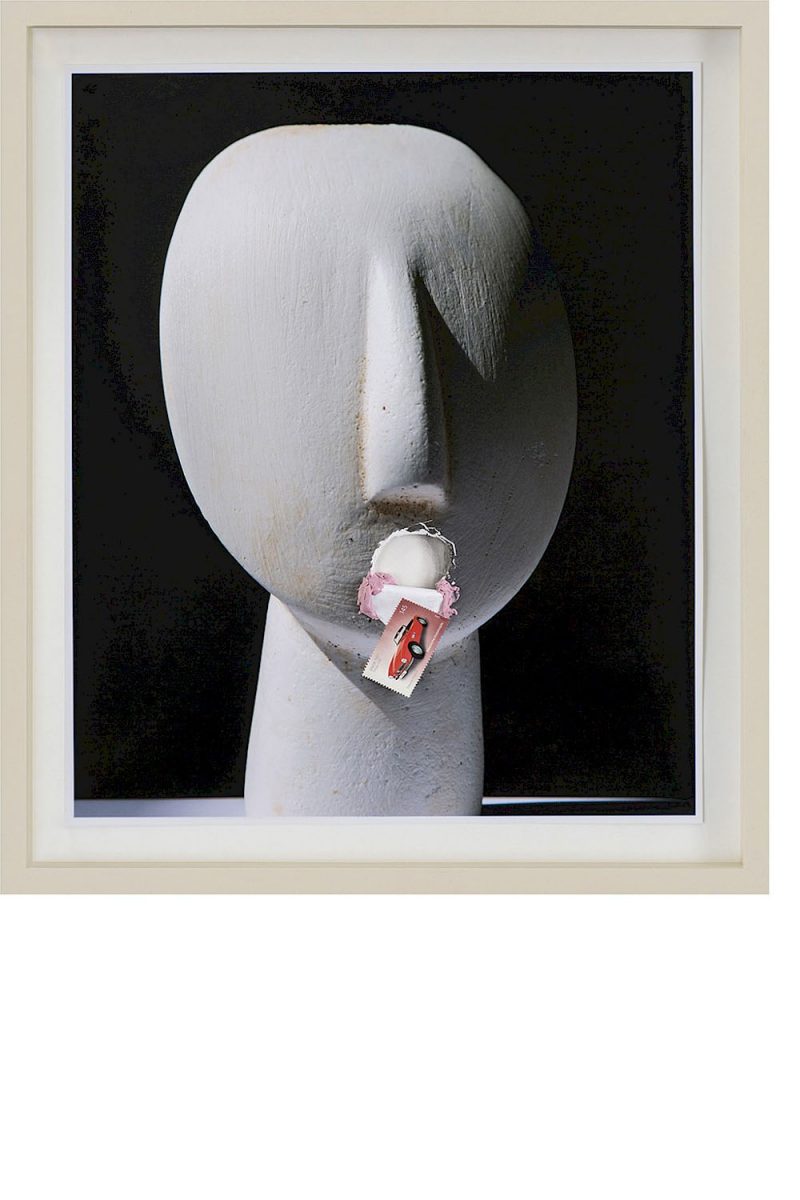
White and Clean
Künstlerhaus Bethanien, Berlin
STUDIO 225 / BERCKEMEYER
Pop-Up Exhibition with Alicja Kwade, Antje Blumenstein, Armin Boehm, Björn Dahlem, Erik Schmidt, Eva Grubinger, Eva-Maria Wilde, Frank Nitsche, Gabriel de la Mora, Gregor Hildebrandt, Hansa Wisskirchen, Isa Melsheimer, Kristina Nagel, Lisa Junghans, Ludwig Kreutzer, Olivia Berckemeyer, Hoischen / Mark , Marcel Duchamp, Manfred Peckl, Matthias Hesselbacher, Marten Frerichs, Sophia Scharma, Stephanie Kloss , Susanne Gollwitzer, Svenja Kreh, Tatjana Doll, Tine Furler.
Liechtensteinisches Landesmuseum
30.10.2019 – 12.1.2020

Oliver Mark hatte schon sehr viele Ausstellungs- und Publikationsprojekte in Deutschland, Österreich, Liechtenstein, Frankreich, Grossbritannien, Irland, Bulgarien, Rumänien, Russland und China. Über 20 Einzelausstellungen würdigten seine Fotografien und in über 50 Gruppenausstellungen war er mit Fotografien beteiligt.
15 Bücher wurden allein seinen Fotografien gewidmet.
Bekannt ist er vor allem durch seine Fotografien von berühmten Persönlichkeiten aus Politik, Wirtschaft und Kultur. So fotografierte er u.a. Papst Benedikt XVI.,Daniel Barenboim, Cate Blanchett, Umberto Eco, Otto von Habsburg-Lothringen, Tom Hanks, Anthony Hopkins, Jeff Koons, George Lucas, Marilyn Manson, Angela Merkel, Wolfgang Schäuble, Sir Ridley Scott. Insgesamt hat er über 670 Personen der Zeitgeschichte fotografiert. Aus der Sammlung des Liechtensteinischen Landesmuseum wird nun erstmalig eine grössere Auswahl seiner Fotografien gezeigt.
Der Funke Gottes
27.07.2019–10.11.2019
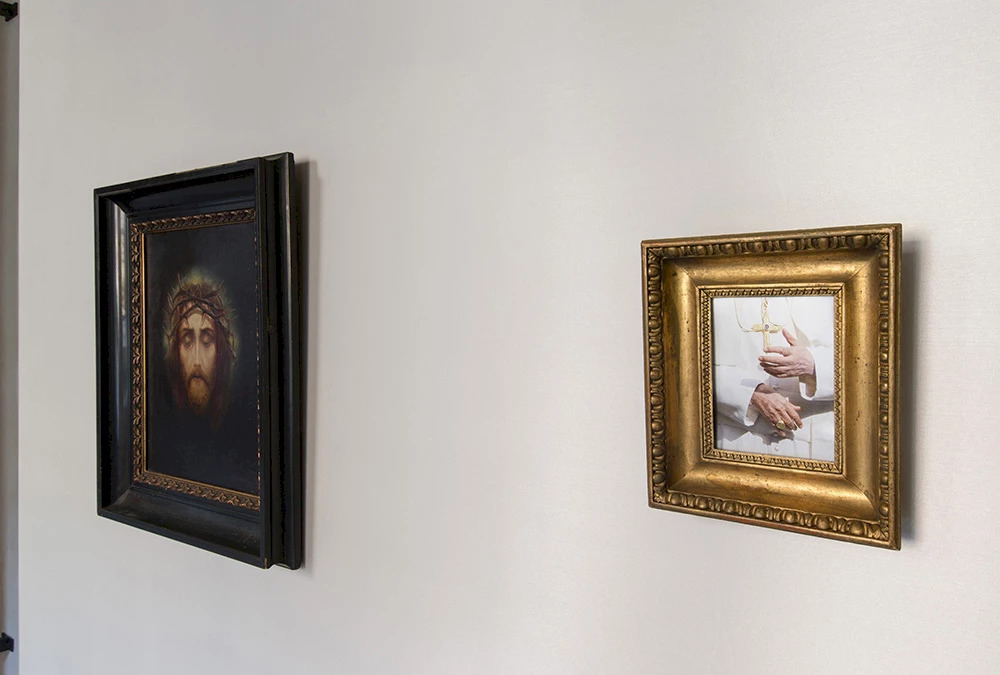
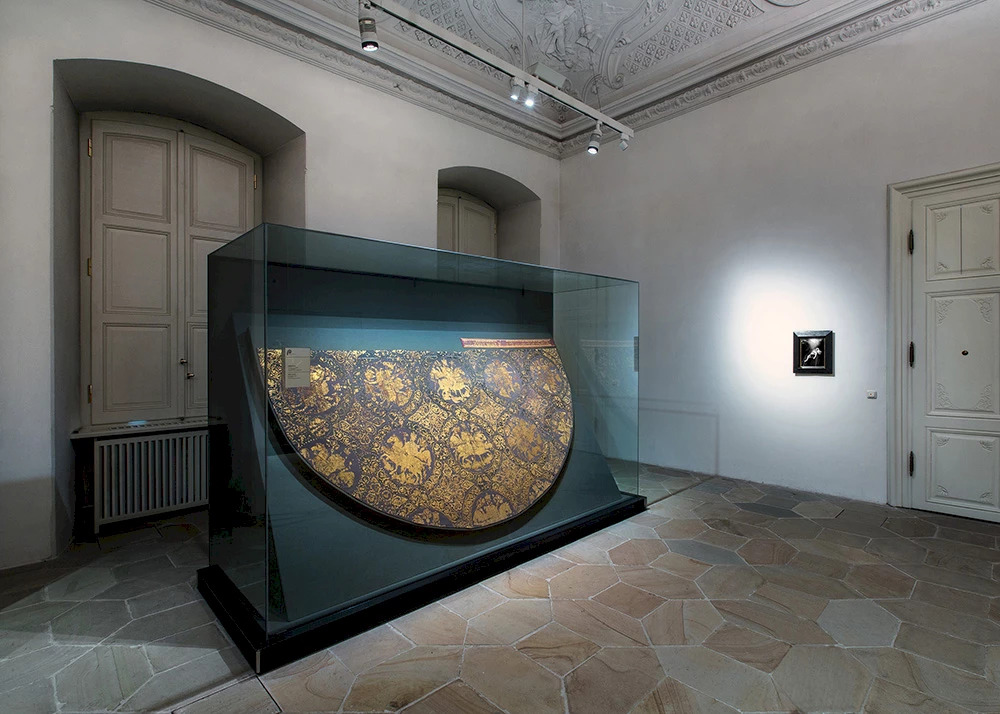


Kuratiert von Alexander Ochs and Dr. Holger Kempkens.
Mit u. a.: Marina Abramović, Ai Weiwei, Nobuyoshi Araki, Ernst Barlach, Georg Baselitz, Joseph Beuys, Valerie Favre, Katharina Fritsch, Leiko Ikemura, Wilhelm Lehmbruck, Via Lewandowsky, Oliver Mark, Olaf Metzel, Hermann Nitsch, Meret Oppenheim, Karl Schmidt-Rottluff, Andy Warhol.
Im Jahr 2011 hat der Künstler Oliver Mark Benedikt XVI. fotografiert. Im prunkvollen Goldrahmen präsentiert sich das Oberhaupt der katholischen Kirche jedoch nur ausschnitthaft. Lediglich die vor der Körpermitte gehaltenen Hände sind in der Aufnahme zu sehen. Die einzigartige Stellung des Papstes wird durch Pektorale und die ihm vorbehaltene weiße Gewandung verdeutlicht. Auch die in ihrer Gegensätzlichkeit sehr aussagekräftige Haltung seiner Hände trägt zur Charakterisierung bei. Aktiv ist die Linke in rhetorischem Gestus nach oben gerichtet. Die Rechte jedoch, die den goldenen Fischerring trägt, ist müde nach unten gewandt. Sowohl Ehre und Würde als auch die schwere Verantwortung, die mit diesem Amt verbunden sind, werden in eindrücklicher Weise in dem Porträt der Papsthände erfahrbar.
Der Fotograf Oliver Mark (*1963, Gelsenkirchen/Deutschland) inszeniert Prominente in ungewöhnlichen Posen. Sie zeigen ironische Kommentare zum Status der Abgelichteten, spielen mit Versatzstücken ihrer Lebens- und Arbeitswelt, wie bei dem Porträt der Bildhauerin Alicia Kwade, bei dem unklar bleibt, ob er sie in ihrem Atelier vor einer neuen Arbeit inszeniert, oder selbst die Kulisse seiner Aufnahme zusammenstellte.
Auch der Maler Clemens Krauss findet sich in einem kommentierenden Ambiente zu seinem Werk. Der Künstler, der mit pastos, direkt auf die Wand gemalten, gesichtslosen Masseninszenierungen bekannt wurde, lagert auf einem Bett, das aus einem Museumkontext stammen könnte. Um ihn herum Bilder von Krauss und ein blutrot durchtränktes Hemd, das an die Performance von Hermann Nitsch erinnert. Minutiös plant er den Prozess, der für den Fotografen für das Gelingen eines Bildes ausschlaggebend sei. Mit dem Zufall arbeitet der Künstler nach eigener Aussage selten. Als Stilmittel setzt Mark mitunter schwulstige Bilderrahmen als Motiv ein, die als Spannungsgeber, als Begrenzung und Botschaft fungieren. Sie erzeugte assoziative Nähe zur Altmeistermalerei, verstärken das mehrmals in sei- nem Werk wiederkehrende Motiv der Hände, wie die von Papst Benedikt, den er 2011 in Erfurt fotografierte. Als bekennender Christ (ZEIT, 2019) bearbeitet er auch immer wieder religiös orientierte Themen, wie die Schwarzweiß-Fotografie, in deren Zentrum ein Säugling, eingeschlagen in ein dunkles Tuch in den Himmel schaut. Von seiner Brust ausgehend strebt ein heller Bereich, der Blattwerk zu erkennen gibt und vermutlich durch eine Doppelbelichtung entstanden ist.
Katja Triebe, 2019
No Show
Natura Morta
Photographien von Oliver Mark in Korrespondenz zu Stillleben-Gemälden der Sammlung








Natura Morta, Oliver Mark’s current project, is dedicated to the question of how human beings treat their environment and the natural world, focusing in particular on the animal kingdom as well as the aesthetics and beauty of death. In the seventeenth and eighteenth centuries, the still life genre, originally known as natura morta – ‘dead nature’ –, became established as stil leven in Holland and Stillleben in Germany. In this transition, the notion behind the genre shifted from the Latin and Italian meaning. However, if one takes life as existence or being, and still as inactive in the sense of dead, the term continued to express a very similar idea, even if not quite identical. For his present project, Oliver Mark has deliberated chosen the original Latin term as a way of highlighting the contrast between nature = life and lifeless = dead. What we discover in his photographs did once live and, in almost every case, was killed in the prime of life by human hand. Moreover, the natura morta term strongly shifts the focus to the animal and plant kingdoms, placing humanity in the background. Even if, of course, human beings are a part of nature, we are only one small part compared to nature’s vast diversity.
Oliver Mark’s still life photographs were taken in a German customs’ storage room in Bonn where the court exhibits are kept. In his photos, he orchestrates objects confiscated by the customs as classic art still lifes – from leopard skulls and carved ivory to products from crocodile, tortoise or turtle, parts of protected animals and plants, hunting trophies, snakeskin garments, musical instruments from valuable tropical woods, and souvenirs such as sea horses, coral, snails and sea shells.
Oliver Mark presents his works in historic painting frames. In the Paintings Gallery, this generates parallels between the genres of painting and photography, but also between photographic and painted still lifes. Together with Oliver Mark’s photography, the Paintings Gallery is showing nine works from its own collection by artists such as Willem van Aelst, Philips Angel van Middelburg, Abraham van Beyeren, Jan van der Heyden, Maximilian Pfeiler, Abraham Susenir, Jan Weenix, and the successors of Peter Paul Rubens, creating new perspectives on masterpieces of seventeenth-century Dutch art.
In this way, visitors can explore a wide range of associative ideas. Ideally, these produce new and different views of seemingly ‘well-known’ paintings in the collection, or encourage the aesthetic enjoyment of the photographs and lead to reflections on how humanity treats the natural world.
In the Natural History Museum, where a further three groups of Oliver Mark’s photographic works are shown juxtaposed with animal specimens, the focus is on the protection of endangered species. The trade in animal and plant species is regulated under international law, banning many souvenirs from being imported into the signatory countries. The authorities enforce this law under the Convention on International Trade in Endangered Species of Wild Fauna and Flora (CITES), which protects over 35,000 threatened animals and plants and was ratified by Austria in 1982.
Oliver Mark’s impressive photographs offer space for ideas and associations across a broad spectrum of topics: How do people treat their environment? What so fascinates us about the still life genre? And what distinguishes painting from photography?
Julia M. Nauhaus, Director of the Picture Gallery Academy of Fine Arts Vienna
Between Skies and Earth
Alvin Langdon Coburn & Oliver Mark
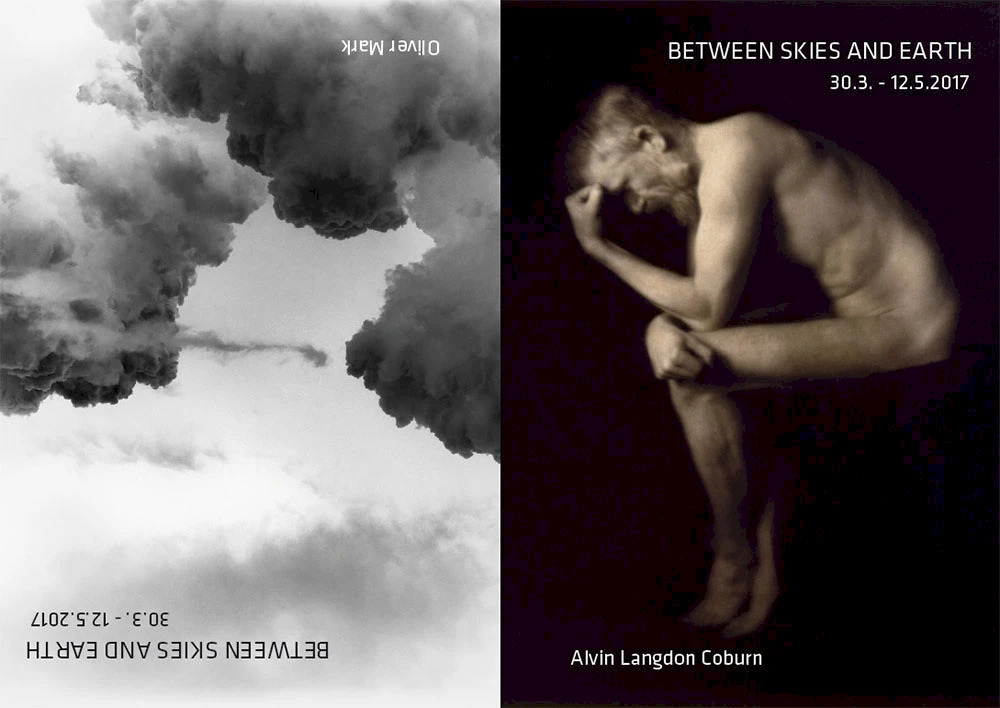
The light and the obscure, the sky and the earth, the ethereal and the corporeal. Such juxtapositions have long formed the essence of the photographer’s art and a mastery of these elements can evoke entire universes of nuance and emotion.
Oliver Mark (b. Germany, 1963) is one of the modern geniuses in the use of these elements; and Alvin Langdon Coburn (b. America, 1882; d. Wales, 1966) possessed such a gift in their use that his work forms the foundation of pictorialist photography. CLAIR Gallery curated an exhibition, Between Skies and Earth, that explored the overt and covert connections between these two celebrated photographers who are separated by more than a century.
CLAIR Gallery presented Between Skies and Earth from March 30, 2017 to June 11, 2017 at Franz-Joseph-Strasse 10 in Munich.
Oliver Mark is renowned for his portraits of aristocrats, artists, and celebrities. His work has been published in magazines such as Vogue and Vanity Fair, while his photographs have been exhibited in museums around the world. More information available at his artist page or on his personal website.Alvin Langdon Coburn was a pioneering figure in photography and an early master of pictoralism. He began taking photographs as a young child and his career spanned more than six decades. His work bears witness to the rise of the great modern cities and he was fascinated by the dynamic complexity of these new urban environments. Coburn had a particular genius for photographing movement, whether it be the eerie play of artificial and natural light at nightfall in New York City or the traces of pedestrians seen from a perch high above a London park. To see more of his work, visit his CLAIR artist page.
Anna-Patricia Kahn, 2017
In Szene gesetzt: Aus Porträts werden Kleider
10.10.2015–03.04.2016
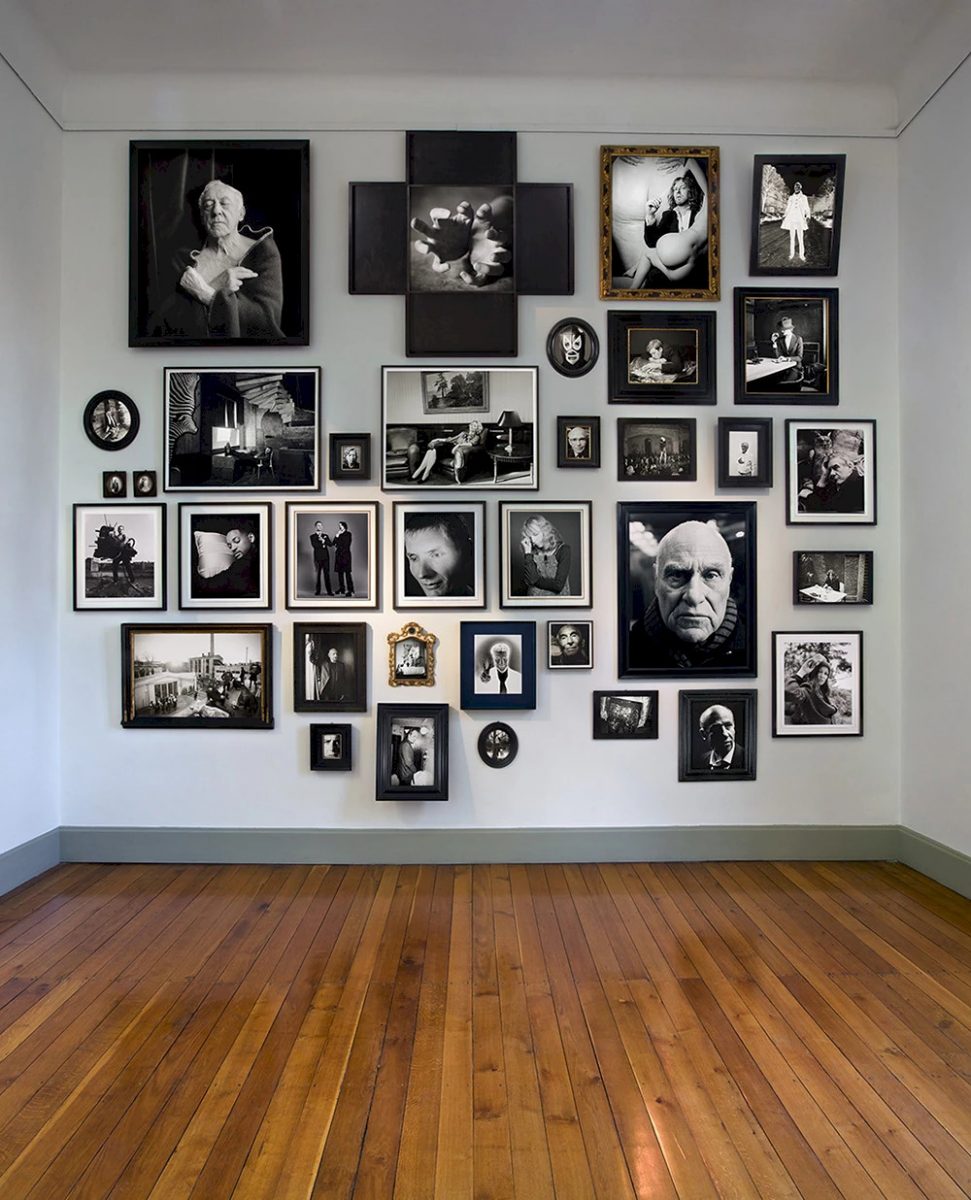
A collection of Oliver Mark’s photographs were shown as part of a major portrait exhibition at the Lindenau-Museum in Altenburg, Germany. from October 10, 2015 to April 3, 2016 Mark’s photographs were featured along with paintings by such artists as Domenico Ghirlandaio (15th century) and Michiel van Mierevelt (17th century).
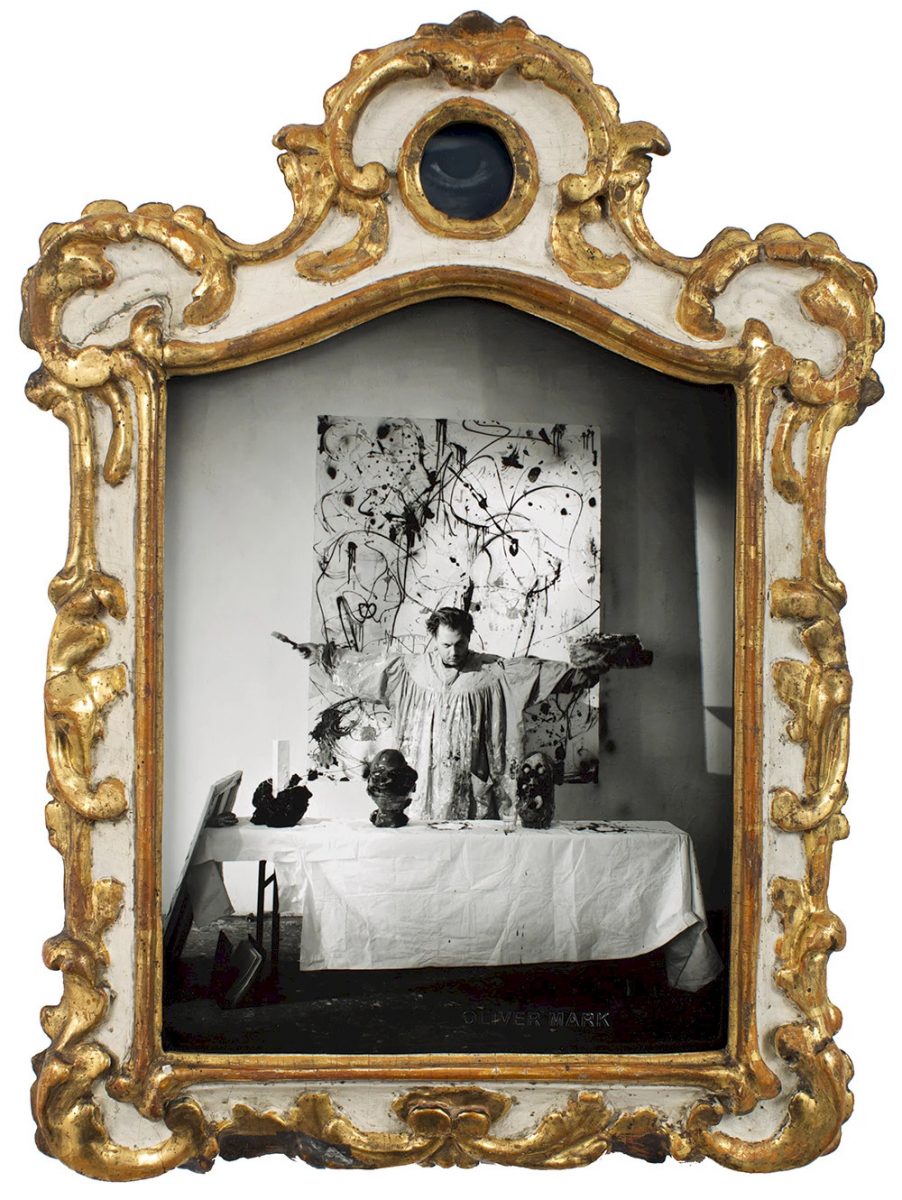
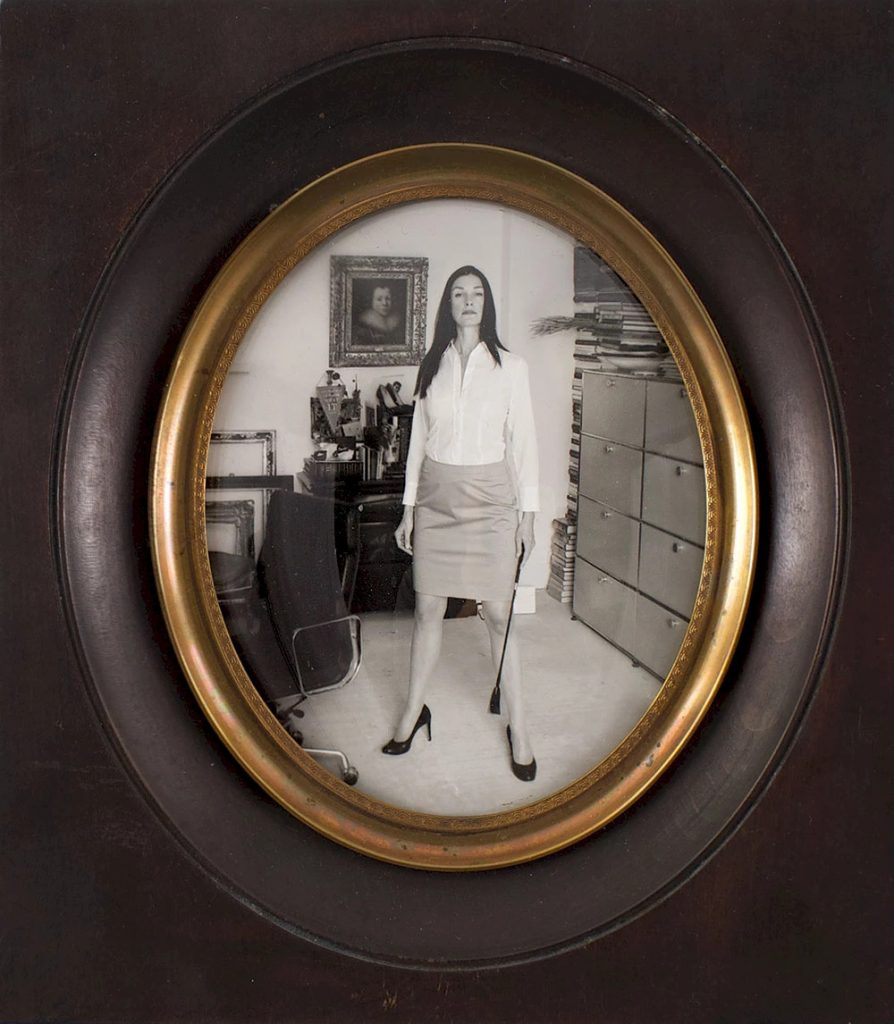
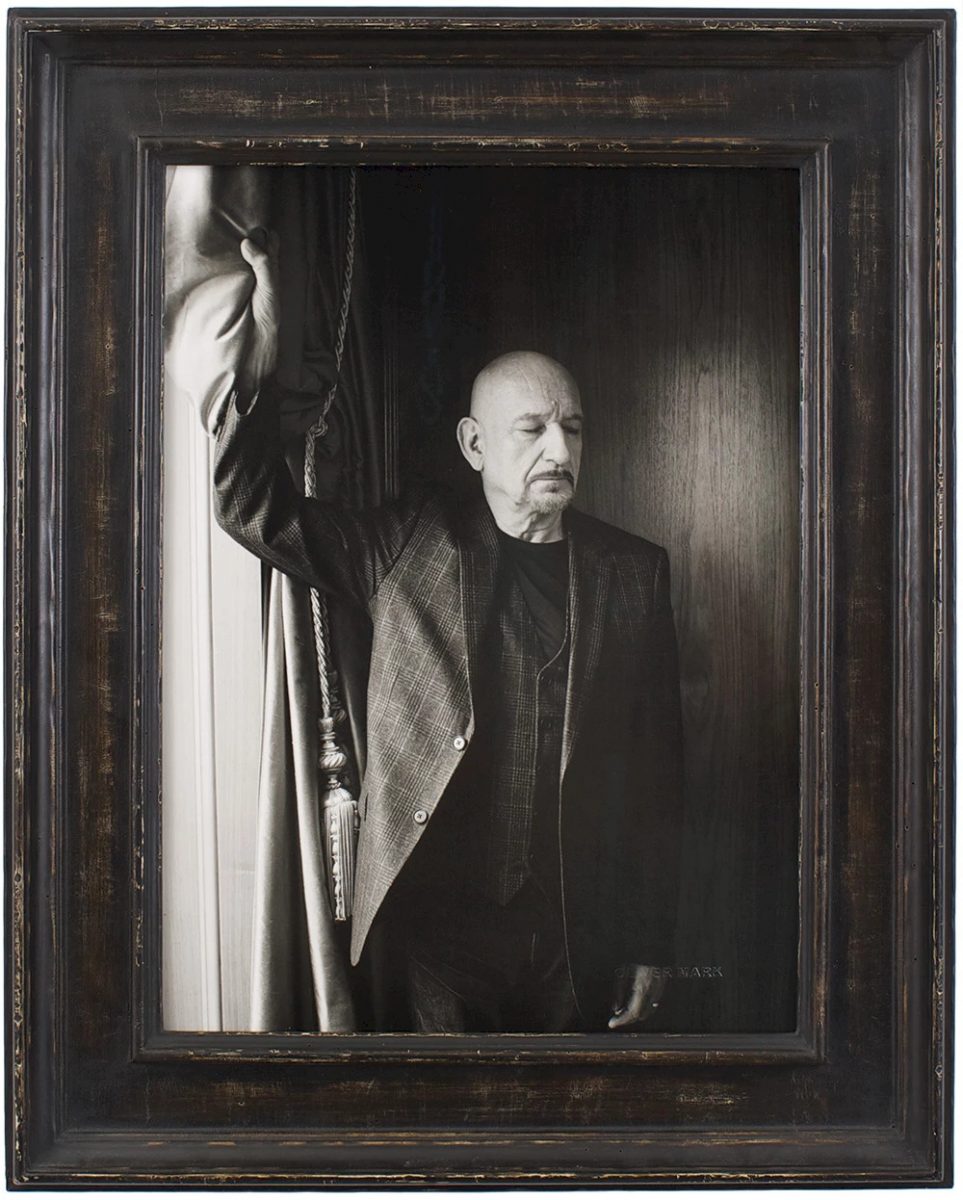
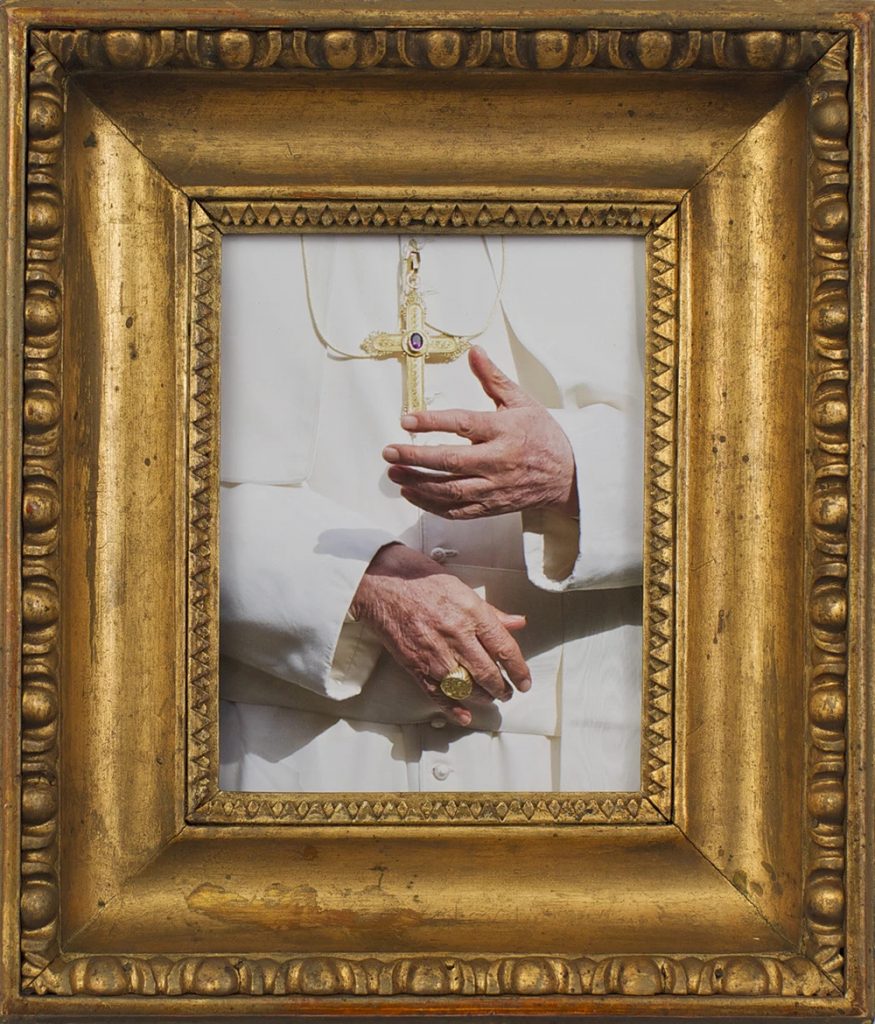


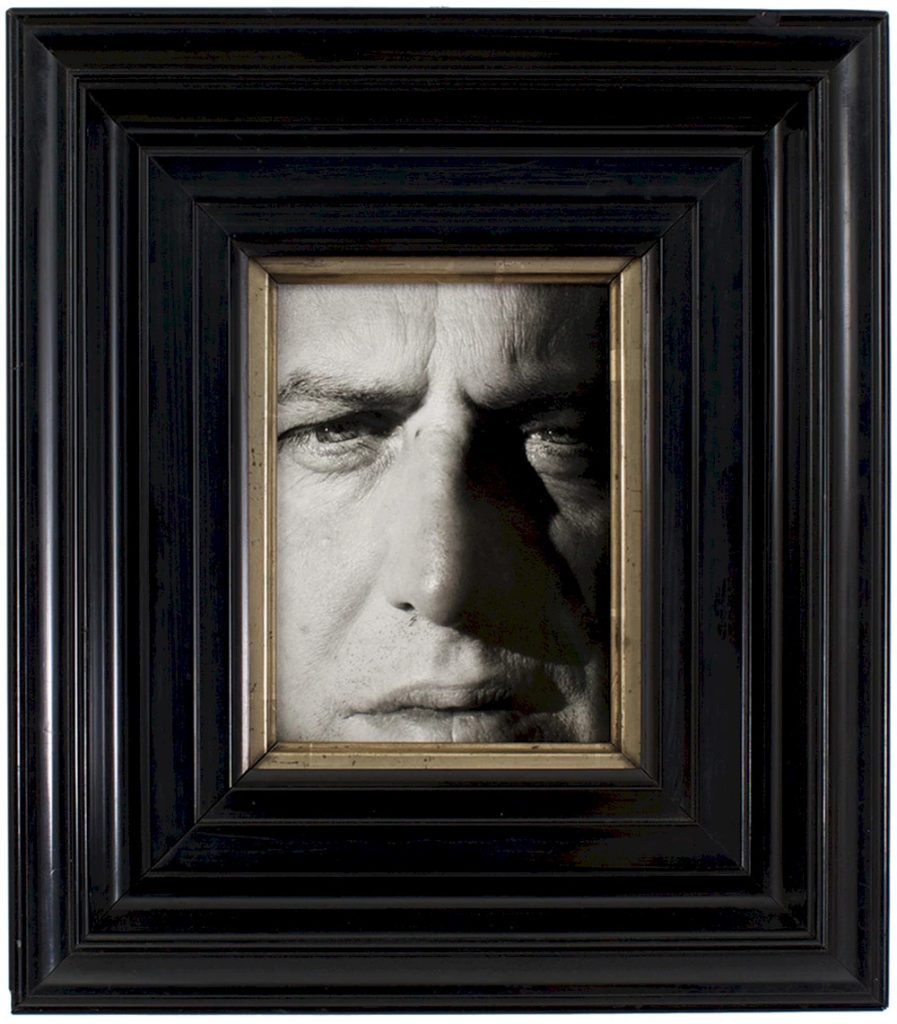
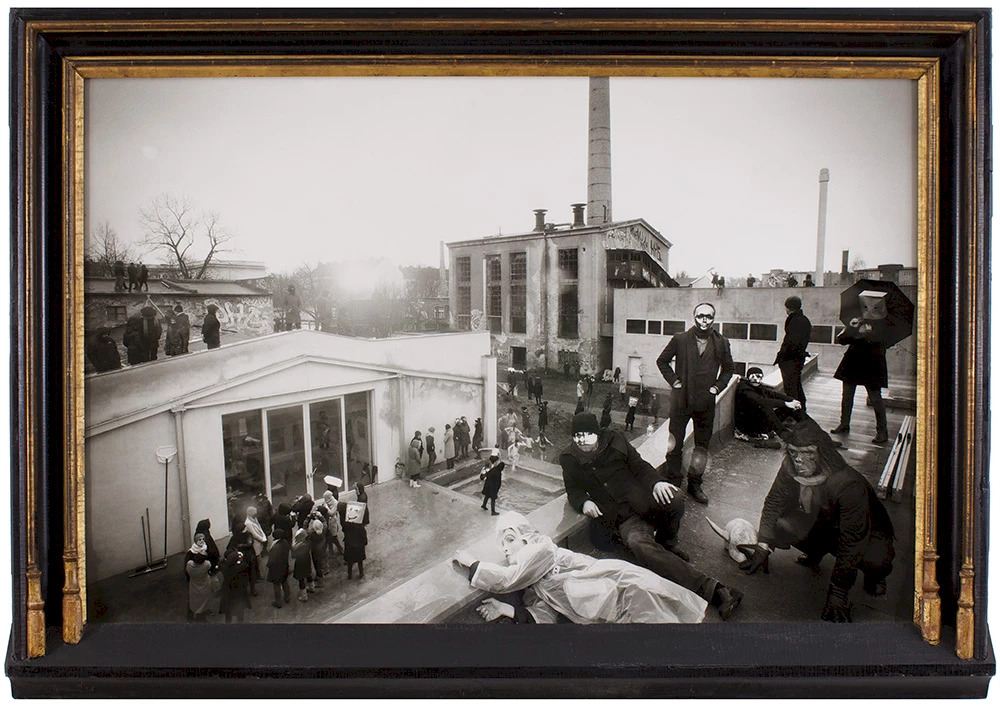
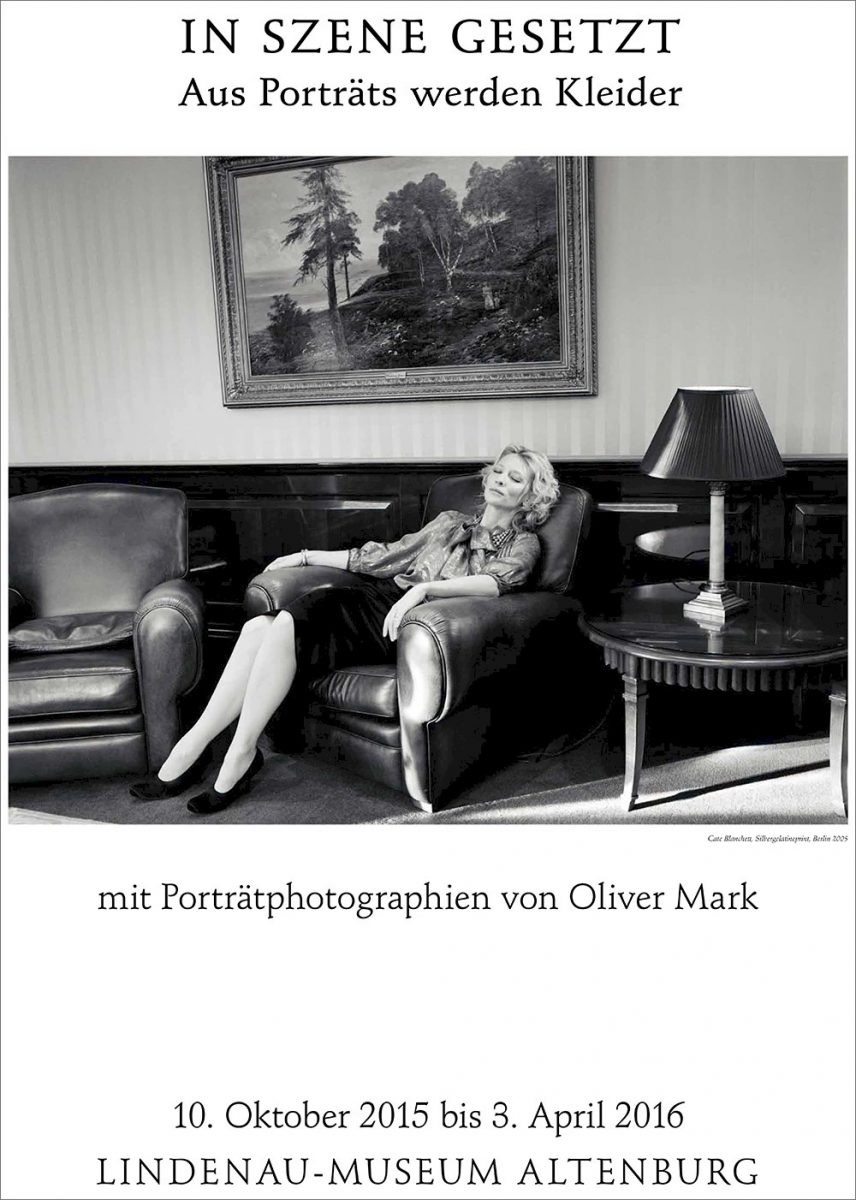
Aus den Trümmern kriecht das Leben
Portraits von Karl Otto Götz
23.02.2014—25.05.2014
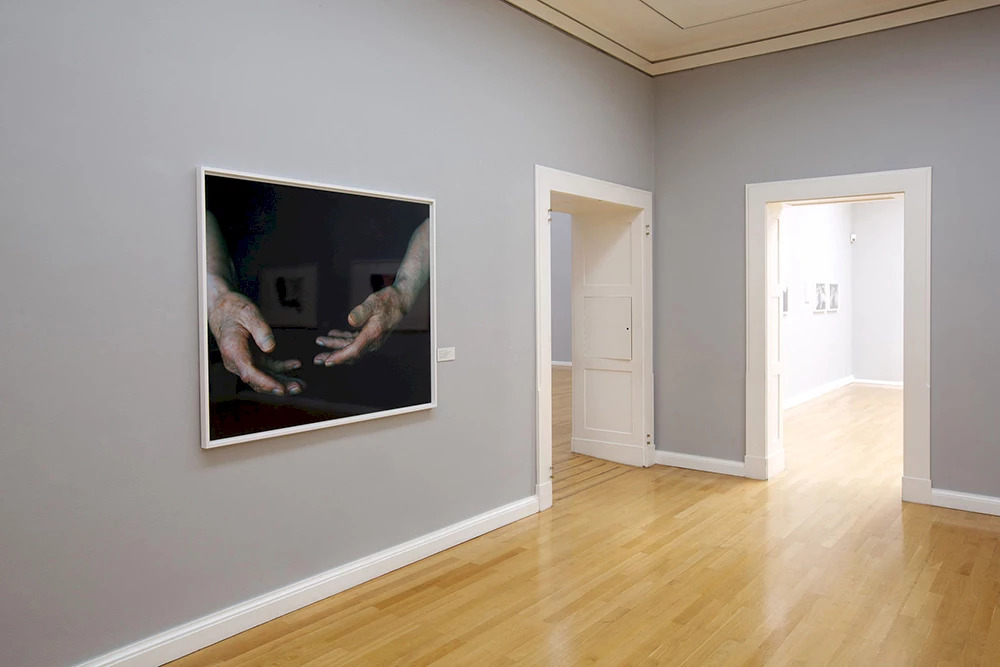
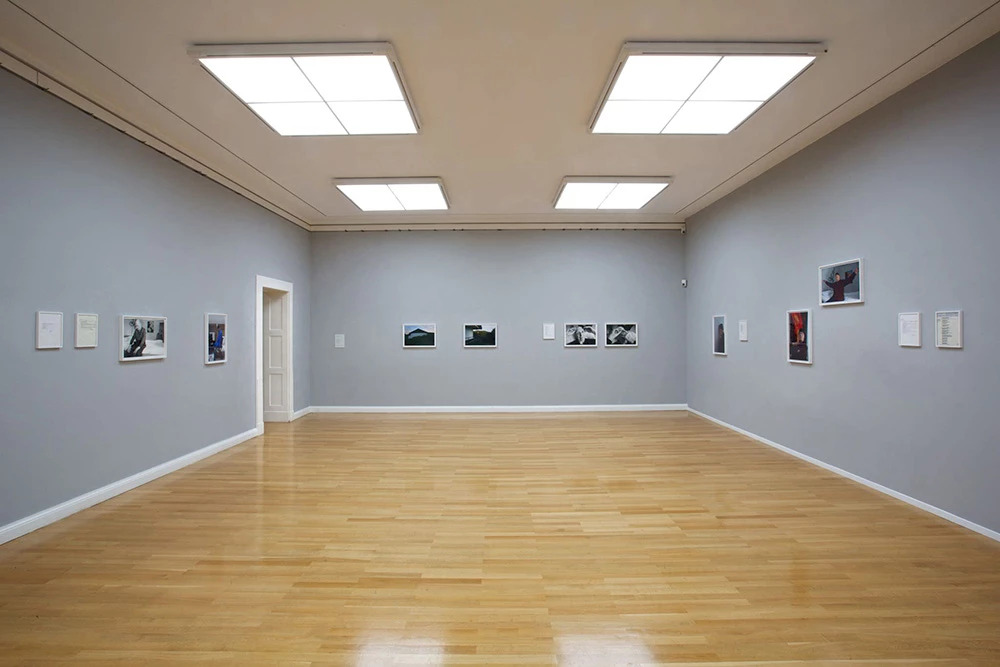
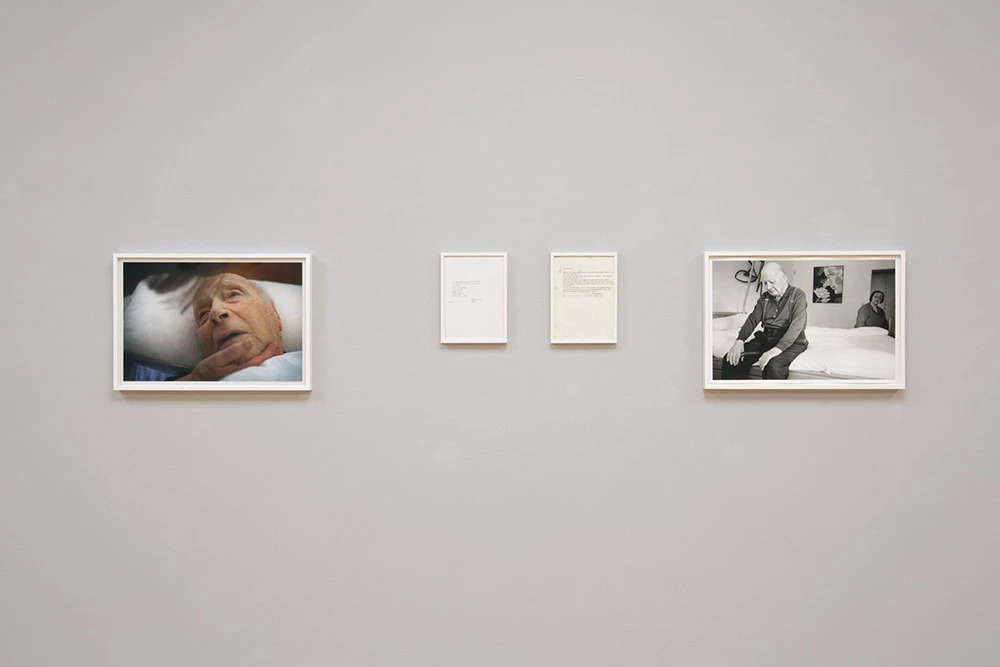
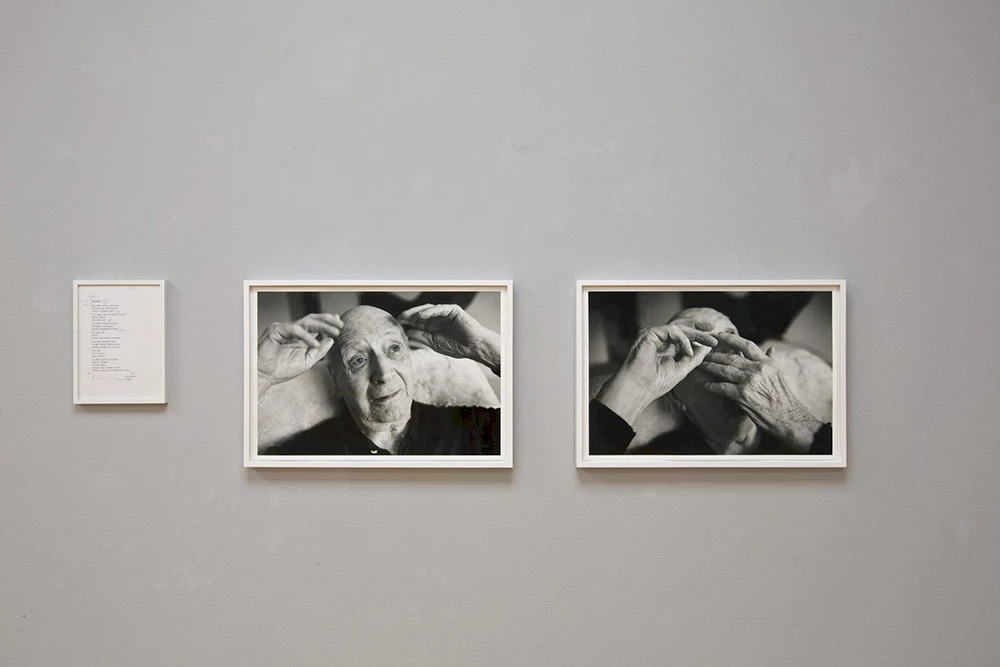

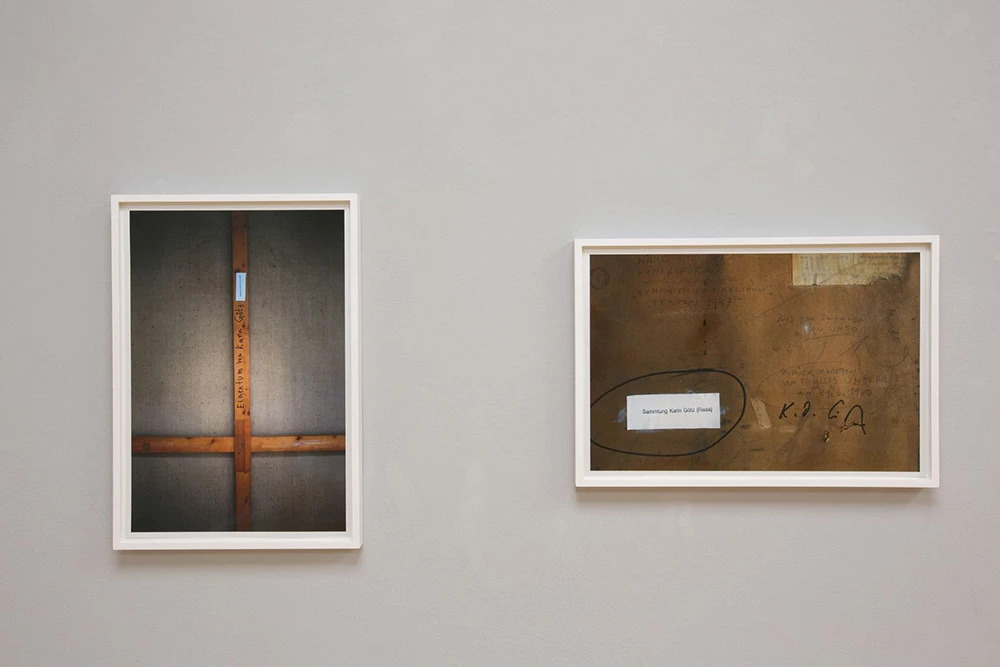
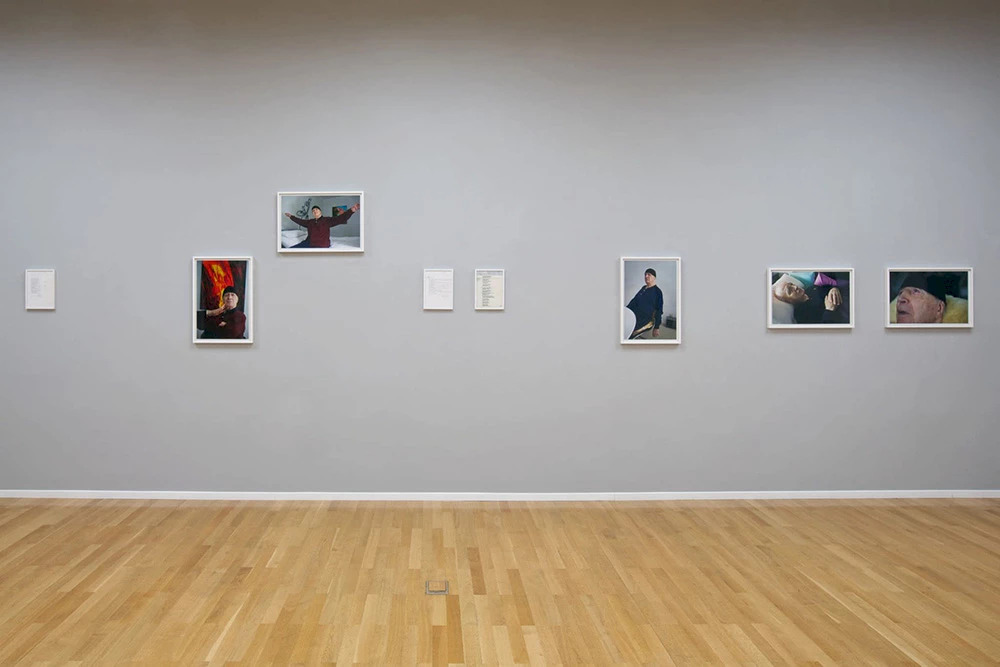
Im Jahr 2013 hatte der Fotograf Oliver Mark (*1963) die Gelegenheit, den Künstler K.O. Götz (*1914) mehrere Tage in seinem privaten Lebensumfeld zu besuchen. Es entstanden eindringliche und intime Fotografien, die K.O. Götz ungeschminkt und sehr facettenreich zeigen – stolz und nachdenklich, aber auch zerbrechlich und zart, gezeichnet von einem 100-jährigen schaffensreichen Künstlerleben. Begleitet werden die 18 ausgestellten Bilder von sieben berührenden Gedichten, die K.O. Götz über mehrere Jahre schrieb. Alle Fotografien und Gedichte publizierte Oliver Mark in dem Künstlerbuch „Aus den Trümmern kriecht das Leben“ (2013). Wir danken Rissa und der K.O. Götz und Rissa-Stiftung herzlich für die Ermöglichung dieser Ausstellung.